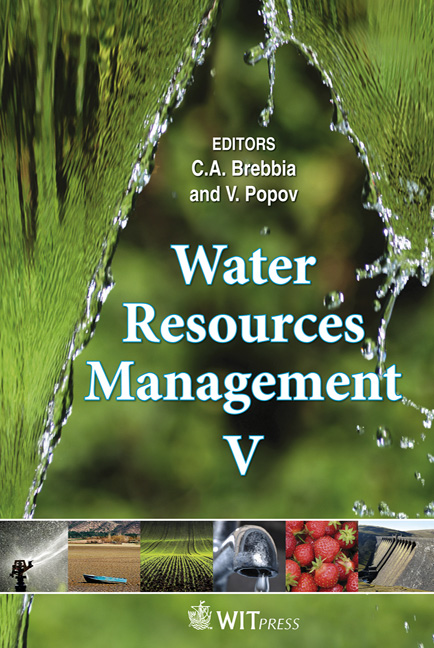Irrigation For Food Production In The Semi-arid Region Of Northeast Brazil: Case Studies In Petrolina, Juazeiro, Vale Do Açu And Agrovila Canudos In Ceará-Mirim
Price
Free (open access)
Transaction
Volume
125
Pages
15
Page Range
537 - 551
Published
2009
Size
627 kb
Paper DOI
10.2495/WRM090481
Copyright
WIT Press
Author(s)
E. Pereira, S. Rola, M. Freitas & L. P. Rosa
Abstract
The aim of this work is to analyze irrigation for food production in the municipal districts of Petrolina, in the State of Pernambuco (PE), Juazeiro, in the State of Bahia (BA), and Vale do Açu and Ceará-Mirim, in the State of Rio Grande do Norte (RN), all of which are located in the semi-arid northeastern region of Brazil. In Petrolina and Juazeiro, the highest productivity rates are achieved in cultivating grapes and mangos, considered the principal fruits for the export market. The infrastructure in the irrigated perimeters includes the availability of water and electric power supply for both large and small producers alike. In Vale do Açu, the 1969 construction of the Armando Ribeiro Gonçalves Dam, with holding capacity of up to 2.7 billion liters of water, sought to enhance conditions for local residents by settling them on the land and making it possible for them to engage in agricultural production in the irrigated perimeter of the Lower Açu River. This region is the biggest producer of bananas in the entire country. In addition, for 8 years now, the Ceará-Mirim Valley has been the location of a farming cooperative called Agrovila Canudos, where 120 families are settled on an area measuring 1.3 thousand hectares. At present, just 19 families work in the cooperative and obtain satisfactory results in irrigated agriculture and other projects, such as fish-farming and cultivation of Jatropha curcas (physic nut) shrubs for use in the production of biodiesel fuel. Keywords: irrigation, semi-arid, food production, and settlement projects.
Keywords
irrigation, semi-arid, food production, and settlement projects





